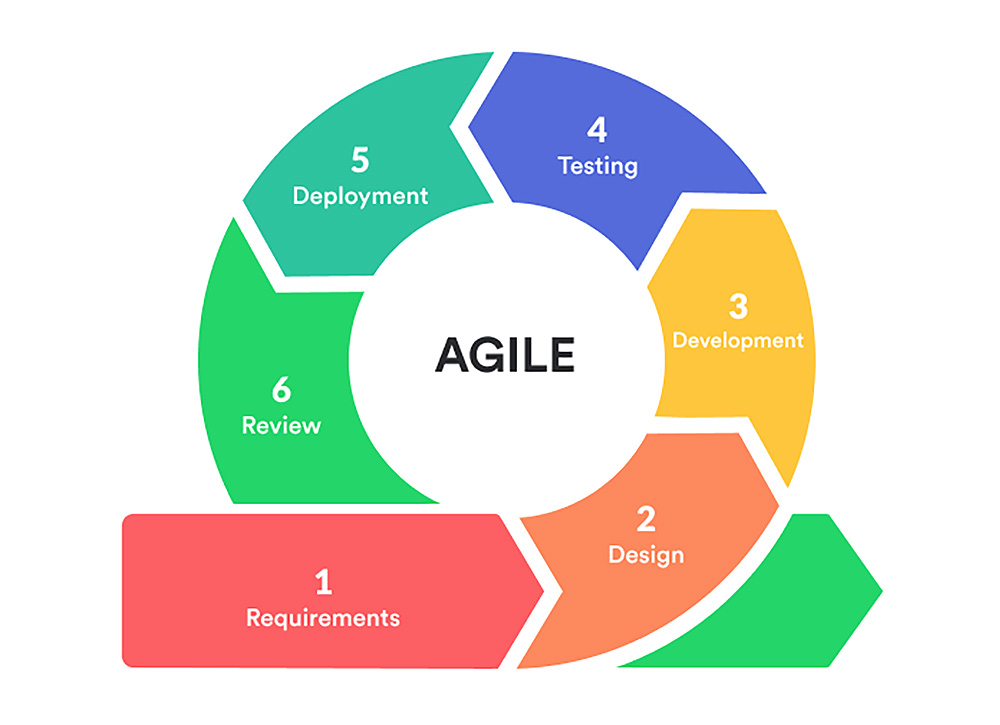Lori Byrd-McDevitt occupies a unique position to assess the digital transformation that is gripping U.S. cultural institutions.
Having launched 1909 Digital less than six months prior to coronavirus-imposed lockdowns, the museum social media guru with a decade of experience at The Children’s Museum of Indianapolis and the Museum Computer Network (MCN) found clients with a newfound urgency to adopt the strategies that the agency was established to share. At the same time, she watched on as friends and former colleagues in cultural circles were overworked and expected to perform “digital technology miracles” as organizations rapidly pivoted to connect with online audiences — those who kept their jobs, that is.
While new audience-facing digital initiatives receive most attention, for Byrd-McDevitt, digital connectivity and competence begins internally with an embrace of agile processes. This means realigning workloads and capacities to allow cultural stakeholders to better plan and execute tasks. It’s a philosophy 1909 Digital lives by, perhaps necessarily given the all-remote 10-person team is spread across different time zones and states — and one Byrd-McDevitt, as she shared with Jing Culture & Commerce, feels has value for cultural organizations irrespective of size or status.
Agile processes: A streamlined workflow is the foundation. When everything goes online, it suddenly becomes very apparent there needs to be clearer processes, centralized resources, and messaging consistency. More and more of our projects are about workflow templates and tools, but I only know a couple of museums that are trying agile processes with their teams.
How 1909 Digital projects begin: We get in and talk to as many people as possible. We ask everyone, “What do you love to do, what do you want to do more of?” and assess everyone’s skill sets. We might shift little roles around to get people excited and motivated; it’s not that roles or titles shift dramatically. Little steps seem simple, but people just don’t do it. They roll along and don’t have the chance to breathe and think.
Mental health benefits: Museums need to be more intentional with capacity and tasks and give team members the space to breathe and not keep piling on work. I tie agile and mental health together: they create a safe space to talk about what is going well and what isn’t. When we speak about it and think about it, the more it might become a thing.

The iterative agile lifecycle accommodates change and embraces collaboration. Image: MLSDev
Digital pivot in 2020: Museums got really creative in 2020 creating live events and exclusive content. Much of this was around member events and that is inherently a revenue driver. But there’s also the non-traditional museum-goer willing to pay for opportunities. The hard work is to target audiences really specifically with digital advertising to reach niche audiences on a national and international level.
Finding niches audiences: The competition is now Netflix and YouTube. It’s a mistake to keep targeting your same audience. That’s the shift in 2021: taking the great content and targeting it well. It’s about knowing who the content audience is. For example, the artist talk in the gallery — who are the fans of that artist? You need to know the tools in Facebook and Google to target your niche and find those that will pay for the live experience, but the problem is that [many museums] just laid off half their digital team.
Museums in 2021: Museum relevance has been an issue for a long time and people will be choosing carefully what they spend money on. You wonder if museums will be a top priority. Keep investing in virtual experiences and hands-free experiences — that’s an area I’m keeping an eye on because people might not feel safe. There’s no going back; people will continue to expect virtual experiences.



